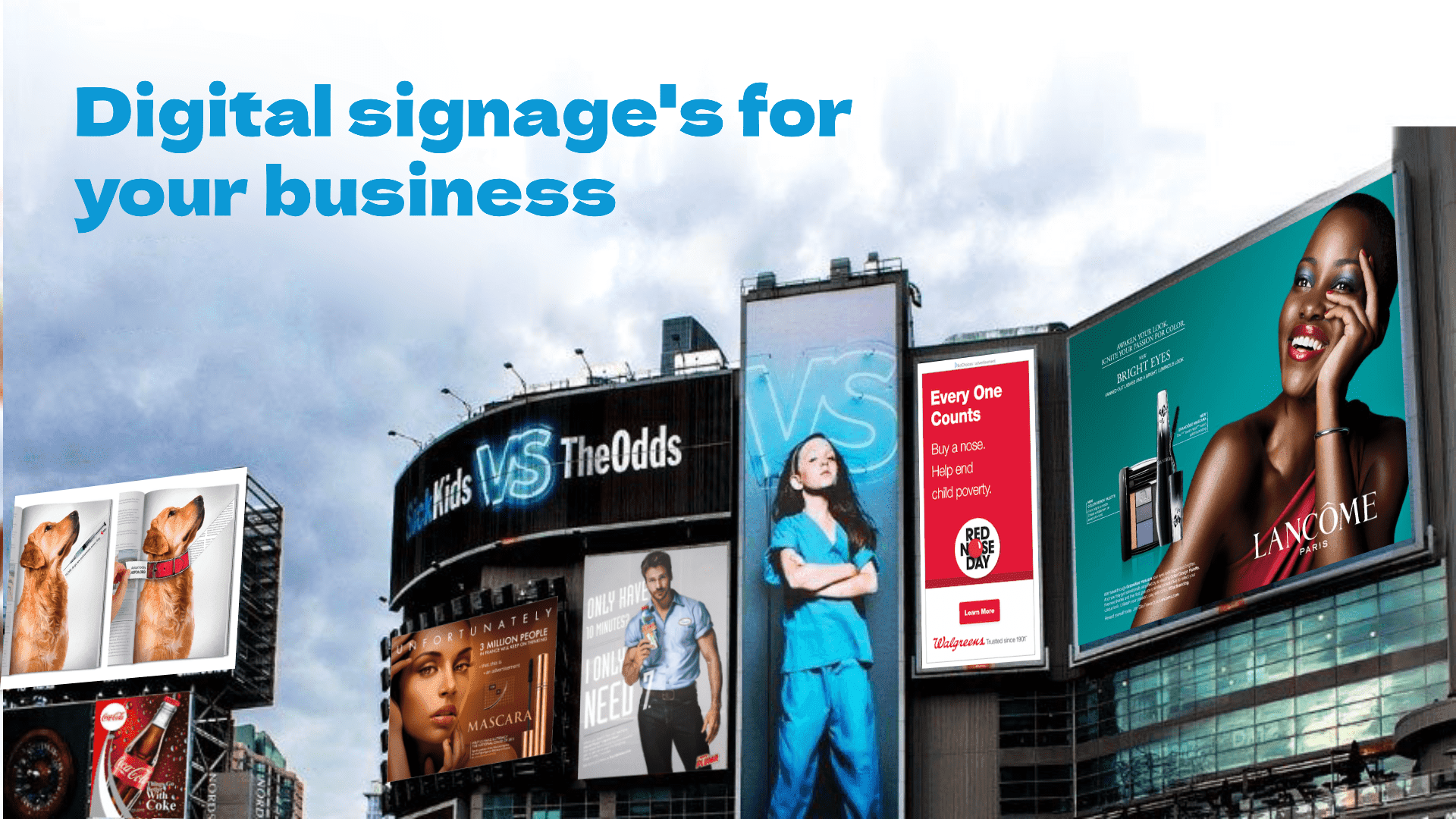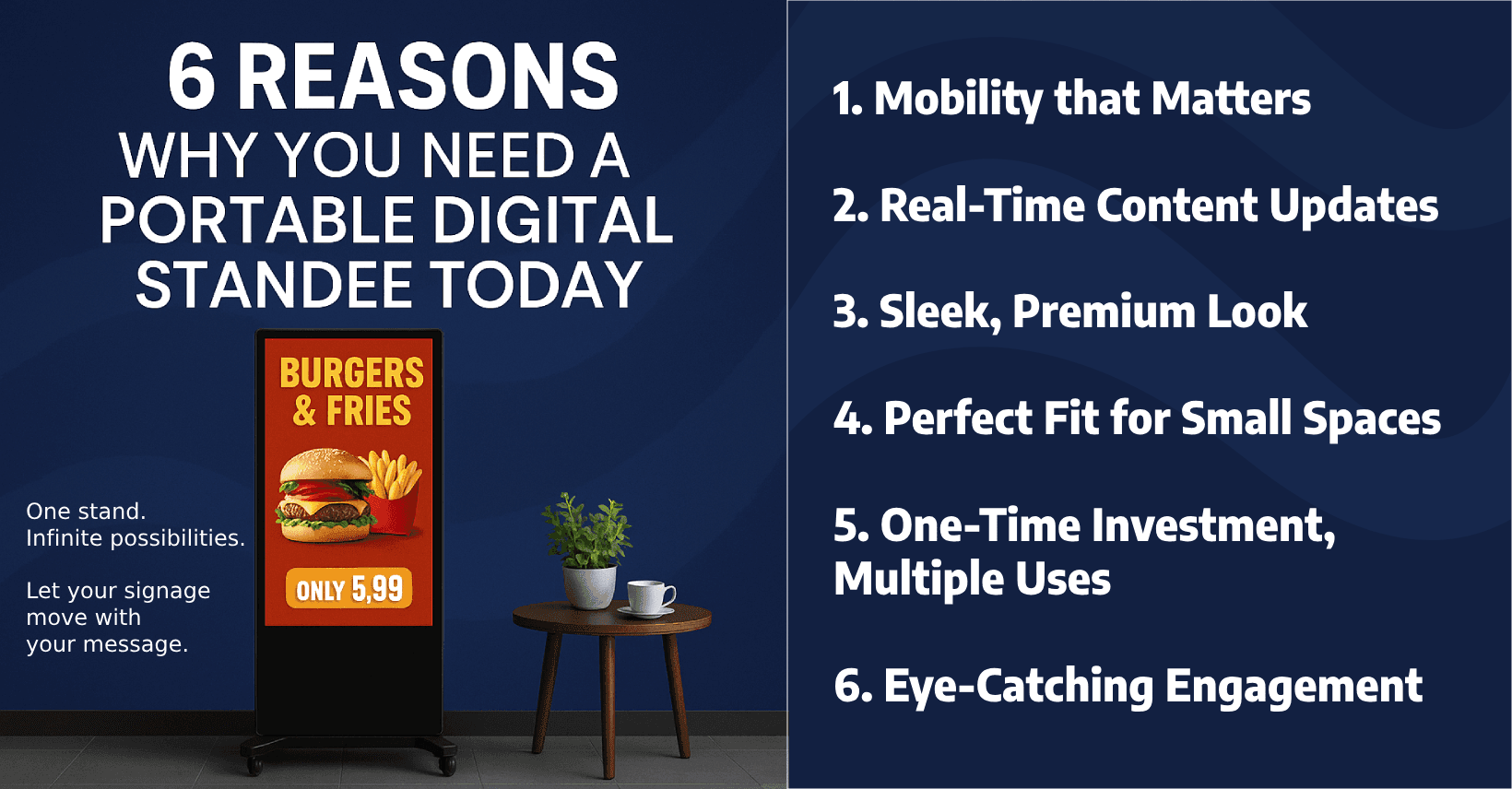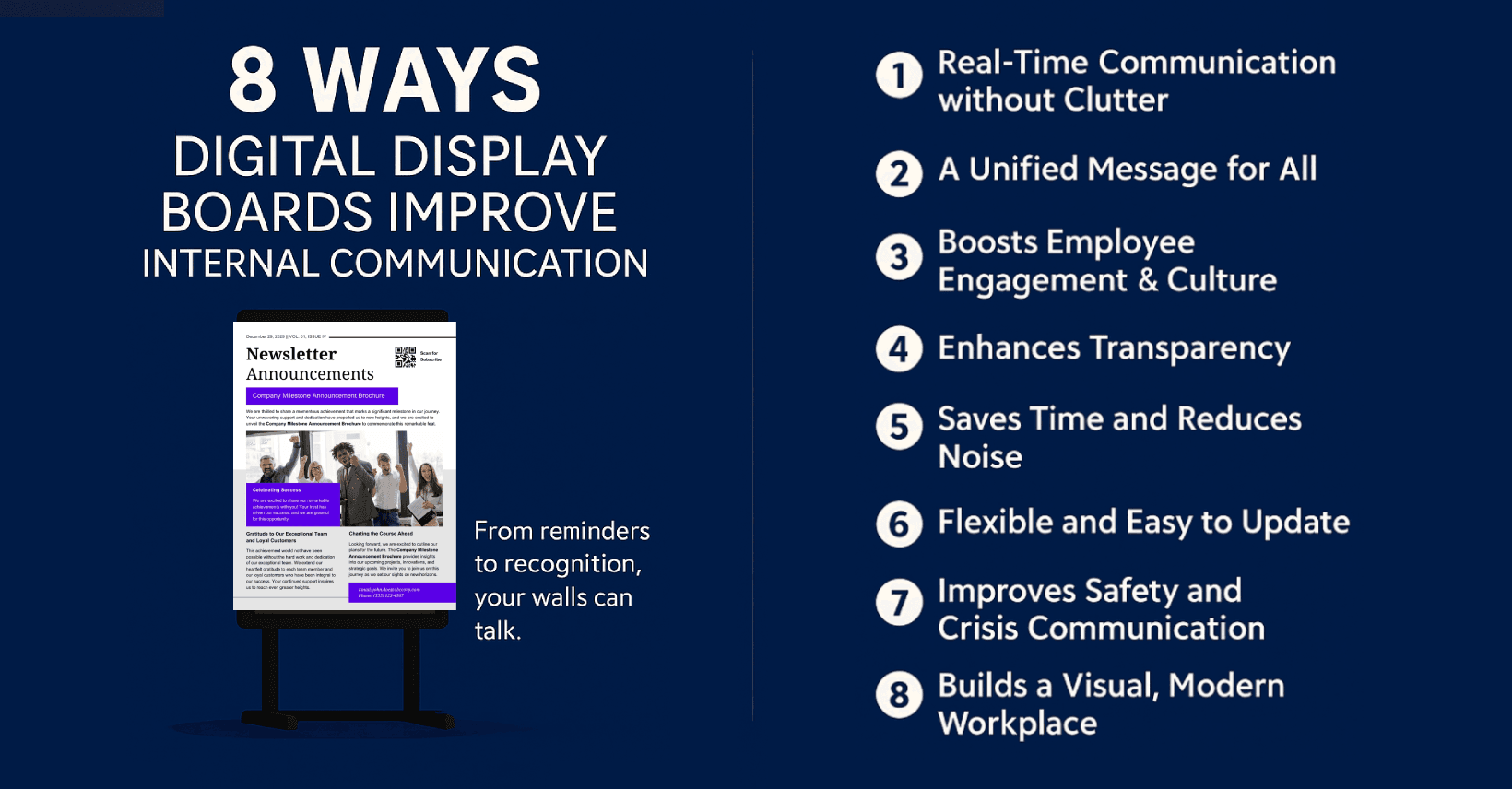
Increased Sales and Revenue with Digital Retail Signage
In the fast-paced world of retail, where competition is fierce and customer expectations are ever-evolving, staying ahead of the game is imperative. Increasing sales and revenue is the lifeblood of any retail business, and one technology that has proven to be a powerful ally in achieving this goal is Digital Retail Signage. These dynamic displays are not just a modern convenience; they are a strategic investment that can transform your retail environment and boost your bottom line. In this article, we will explore how Digital Retail Signage can drive increased sales and revenue, backed by real-world examples and best practices.
The Retail Landscape: Evolving Challenges and Opportunities
The retail landscape is undergoing constant change, driven by factors such as e-commerce competition, shifting consumer behaviors, and the demand for personalized shopping experiences. To thrive in this environment, retailers must adapt and innovate.
The Role of Digital Retail Signage in Revenue Growth
Digital Retail Signage has emerged as a key player in helping retailers overcome challenges and seize opportunities for revenue growth. Here's how it contributes to increased sales and revenue:
1. Captivating Visuals
Digital signage immediately grabs the attention of shoppers with vivid imagery, high-definition displays, and eye-catching videos. These captivating visuals create an immersive shopping environment, increasing the chances of customers stopping, looking, and ultimately making a purchase.
2. Real-Time Updates
One of the key advantages of digital signage is its ability to provide real-time updates. Retailers can instantly promote the latest products, offers, and promotions. This agility ensures that customers are always aware of current opportunities, driving immediate sales.
3. Upselling and Cross-Selling
Digital signage strategically placed near products or at checkout counters can suggest related or complementary items, leading to increased average transaction values. For example, a display near a clothing rack can suggest matching accessories or shoes.
4. Targeted Advertising
Digital signage can display personalized content based on customer data and preferences. This personalized approach increases relevance, which, in turn, can boost conversion rates and drive higher sales.
5. Interactive Features
Certain digital signage solutions offer interactive features like touchscreens or QR code scanning. This interactivity allows customers to explore products in-depth, access additional information, and even place orders right from the screen, leading to immediate sales.
Statistics and Real-World Success Stories
To emphasize the impact of Digital Retail Signage on sales and revenue, consider these statistics and real-world examples:
Statistics:
According to a study by Intel, digital signage can increase overall sales by up to 33%. A report by Grand View Research predicts that the global digital signage market will grow to $38.2 billion by 2028. 80% of brands experienced a significant increase in dwell time and engagement through the use of interactive digital signage (Retail Customer Experience).
Real-World Examples:
Best Buy: The electronics retailer Best Buy implemented digital signage in its stores to showcase product features and reviews. This approach helped educate customers, resulting in a 7% increase in sales of featured products.
H&M: Fashion giant H&M used digital signage to display real-time fashion show videos and promotions. This not only increased customer engagement but also led to a 22% sales lift for promoted items.
Walmart: Walmart utilized digital signage to improve its pharmacy service. With digital signage displays that provided health information and promoted relevant products, Walmart experienced a 5% increase in pharmacy sales.
Best Practices for Maximizing Sales and Revenue
To ensure you reap the full benefits of Digital Retail Signage for increased sales and revenue, consider these best practices:
-
Strategic Placement: Identify high-traffic areas within your store and strategically place digital signage to capture maximum attention.
-
Content Relevance: Keep your content fresh, relevant, and aligned with current promotions and customer interests.
-
Analytics and A/B Testing: Utilize analytics to measure the effectiveness of your digital signage campaigns. A/B testing can help refine content and strategies to drive higher conversion rates.
-
Integration with POS Systems: Seamlessly integrate your digital signage with your point-of-sale (POS) systems to ensure pricing and product information accuracy.
-
Regular Updates: Invest in a user-friendly content management system (CMS) to make content updates and changes efficient.
Conclusion
Digital Retail Signage is a potent tool that can significantly contribute to increased sales and revenue in the retail industry. With captivating visuals, real-time updates, upselling opportunities, personalized advertising, and interactive features, digital signage has the potential to transform your retail environment into a sales-driven powerhouse.
As you seek to boost your sales and revenue in a competitive retail landscape, consider the power of Digital Retail Signage. Backed by statistics and real-world success stories, it's clear that this technology offers substantial returns on investment. By following best practices and leveraging the capabilities of digital signage, you can take your retail business to new heights, all while delivering exceptional shopping experiences that keep customers coming back for more.
Recent blogs
Most Recent blogs

What Is Digital Signage? How It Can Help Your Business
Discover what digital signage is, how it works, and why it's revolutionizing communication across industries. Explore its key benefits, real-world applications, and how to get started.
Read More
Outdoor DIGITAL Displays : A Comprehensive Guide
Explore our expert guide to outdoor digital displays—featuring key features, benefits, pricing insights, and 2025 trends to help you choose the ideal digital signage solution for your brand.
Read More
6 Reasons Why You Need a Portable Digital Standee Today
Discover 6 powerful reasons to choose a portable digital standee enhance visibility, reduce costs, and captivate your audience with dynamic digital signage.
Read More
How Digital Display Boards Improve Internal Communications
Explore how digital display boards transform internal communication by providing real-time updates, increasing employee engagement, and promoting transparency in the workplace across various industries.
Read More
Expert Guide: Navigating the Active LED Digital Screens Market
LED Video Wall market: Understand the quality spectrum and make informed choices for your digital signage needs with Wauly Digital Signage.
Read More






